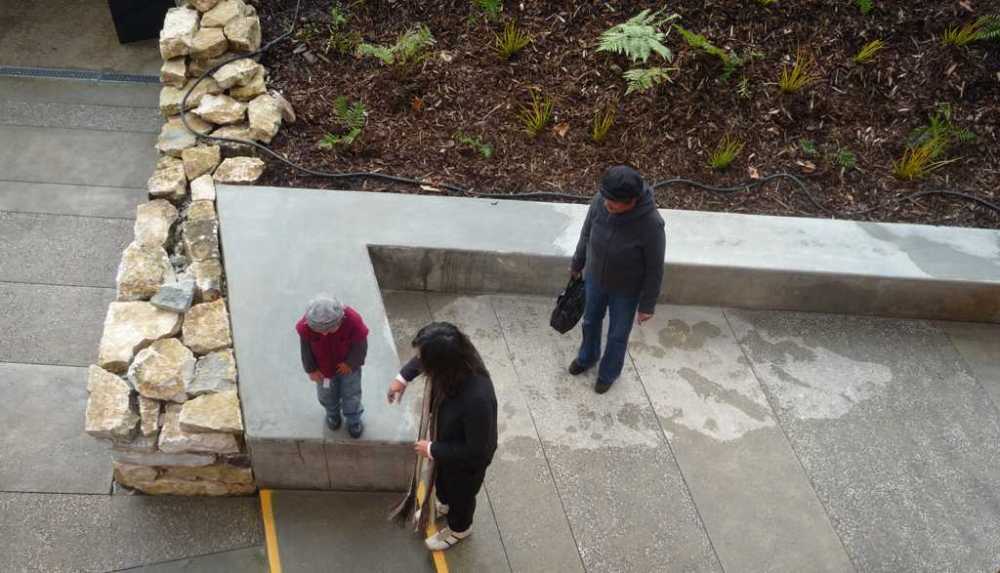景观设计师:Wraight + Associates
客户:旅游控股有限公司,保护部
项目状态:已完成
项目目标
将新游客中心融入其独特的景观环境中
一个放大的访客体验,吸引游客从他们离开汽车的那一刻起
提供户外休息区和溢出空间。
革新
建筑和景观之间的划分是模糊的,通过建筑的腹部画一个活的ponga墙,转移对外部和内部的感知该项目突出了独特和创新的反应:墙壁利用ponga日志在天花板下战斗冠层 – 一种植物元素,既结构又柔软。一个清晰的链接到外部的森林景观,墙壁支持收集的新西兰附生植物,使空间几乎史前质量。
Landscape Architect : Wraight + Associates
Architect : Architecture Workshop
Client : Tourism Holdings Ltd, Department of Conservation
Project Status: Completed
The landscape design for the visitor centre at Waitomo Caves embraces the inside-outside dichotomy of the iconic award winning building. The new landscape scheme draws upon the existing site’s assets, an impressive forest rich in vegetation and a unique geo-morphology of which stone outcrops are a significant feature. These qualities underpin the detailing and manifestation of the site’s key facilities which include: visitor parking areas and drop off ; external spaces; pathways; associated site furniture; signage; and lighting. The proposed structures are functional, robust, legible and relate to the language of the visitors centre and overall caves aesthetic.
Project Objectives
The integration of the new visitors’ centre within its distinctive landscape context
An amplified visitor experience that engages visitors from the moment they leave their car
Provide outdoor seating area and spill-out space.
Key features
A coordinated sequence of experience: the approach from the distant to the local; the arrival; the entry and the tasting.
A distinctive landscape character and structure that references the horticultural context of the site and reinforces its natural assets.
The landscape geometry is one of uncomplicated but definitive lines that work with the repetition of the horticultural landscape and industrial functions of the winery buildings.
Sustainability
The landscape design considers environmental sustainability approaches with regional native planting set amongst existing native plants and trees and on developed areas.
Innovation
The delineation between building and landscape is obscured, a living ponga wall drawn through the building’s belly, shifts perception of what is outside and what is inside The project highlights a distinctive and innovative response: the wall utilises ponga logs that soldier their way beneath the ceiling canopy – a vegetal element that is both structured and soft. An clear link to the exterior forested landscape, the wall supports a collection of NZ epiphytes which imbue the space with an almost prehistoric quality.















